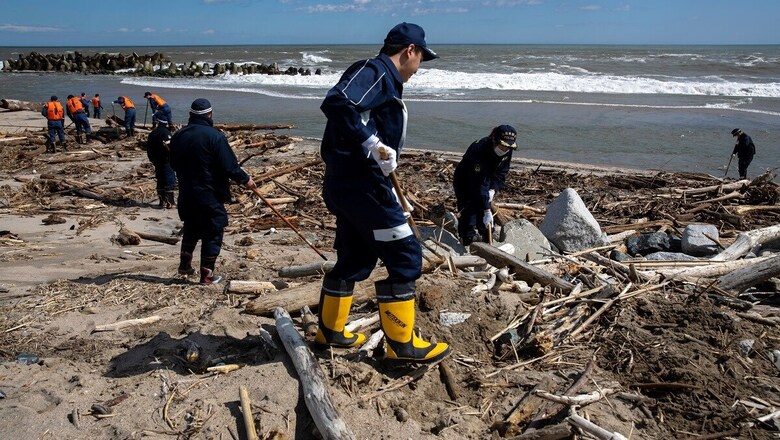
views
After the 2004 Tsunami, the United Nations General Assembly allocated November 5 as World Tsunami Awareness Day. The day has been observed ever since its inception in December 2015. The main objective of this day is to raise awareness about Tsunami more among the million people living in small islands and low-lying coastal areas.
The World Tsunami Awareness Day as per UNESCO will be structured as a 30-day campaign. The key events will be focused on indigenous knowledge and memory and scientific expertise. These key components are essential to effectively maintain risk reduction schemes and adoption by vulnerable communities.
What is a Tsunami?
As per the UN, the term “tsunami” includes the Japanese words “tsu” (means harbour) and “nami” (means wave). A tsunami is a series of enormous waves caused by an underwater upset, usually earthquakes or underwater landslides or undersea volcanic eruptions.
The waves of the Tsunami can attack the shoreline and often look like walls of water. The waves can be dangerous for hours recurring every 5 to 60 minutes. Not the first wave itself, the 2nd, 3rd, 4th or following waves are bigger. After one wave floods inland, it goes back often seaward, exposing the seafloor. The subsequent wave flows ashore within seconds and carries along with it more floating debris, damaged by preceding waves.
A rare event like the Tsunami is also one of the most deadly natural disasters known to humankind. According to a report on the UN official website, 58 Tsunamis in the past 100 years have claimed over 260,000 lives, surpassing any other natural hazard, at an average of 4,600 lives per disaster. The highest number of deaths was recorded in December 2004 during a Tsunami in the Indian Ocean. The terrific calamity claimed millions of lives across the fourteen countries that it hit. The hardest-hit country was Thailand, while there was an estimate of 227,000 fatalities in Indonesia, Sri Lanka and India.
Read all the Latest News, Breaking News and Coronavirus News here

















Comments
0 comment